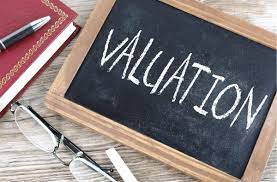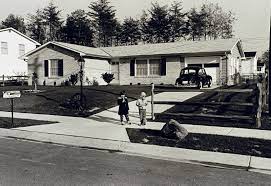REAL ESTATE INVESTMENT CALCULATORS
Gross Rent Multiplier

Gross Rent Multiplier Calculator
Gross Rent Multiplier:
What is Gross Rent Multiplier?
The gross rent multiplier (GRM) measures how many years it would take for a property to pay for itself using only the rental income it generates.
The GRM is an excellent metric for quickly comparing the potential profitability of two or more properties. The gross rent multiplier is easy to calculate
using online tools like our free GRM calculator above, or you can calculate it manually using the formula shown below.
Gross Rent Multiplier Formula
Gross Rent Multiplier = Purchase price / Gross Annual Income
How do I Calculate the Gross Rent Multiplier?
To calculate the gross rent multiplier, just divide the purchase price by the gross annual income. The gross annual income includes all revenue generated by
the property such as rental or lease income, parking permit fees, advertising revenue, or other income streams.
For example, let's assume you are analyzing an investment property with $4,000/month in rental income and $200/month revenue from parking pass fees, and the property is listed for sale at $875,000. Using these numbers we could calculate the gross rent multiplier as $875,000 / (($4,000 * 12) + ($200 * 12)) = 17.36. This means it would take 17.36 years for the property to pay for itself.
While the GRM can be useful on its own, it is most useful when comparing properties side by side. It offers investors a quick, objective evaluation of properties that may otherwise be difficult to compare. For instance, a small duplex and a large apartment complex have drastically different purchase prices and gross annual revenues, but both can quickly be converted to GRM and compared to see which property may be a better investment choice.
A valuable word of advice when comparing properties is to make sure the properties you are comparing are in the same general location. The gross rent multiplier can vary widely between geographical regions. Higher-priced locations such as California or New York will naturally have higher GRMs than inexpensive locations. Using the gross rent multiplier to compare properties in the city with properties in the country can produce unreliable results.
For example, let's assume you are analyzing an investment property with $4,000/month in rental income and $200/month revenue from parking pass fees, and the property is listed for sale at $875,000. Using these numbers we could calculate the gross rent multiplier as $875,000 / (($4,000 * 12) + ($200 * 12)) = 17.36. This means it would take 17.36 years for the property to pay for itself.
While the GRM can be useful on its own, it is most useful when comparing properties side by side. It offers investors a quick, objective evaluation of properties that may otherwise be difficult to compare. For instance, a small duplex and a large apartment complex have drastically different purchase prices and gross annual revenues, but both can quickly be converted to GRM and compared to see which property may be a better investment choice.
A valuable word of advice when comparing properties is to make sure the properties you are comparing are in the same general location. The gross rent multiplier can vary widely between geographical regions. Higher-priced locations such as California or New York will naturally have higher GRMs than inexpensive locations. Using the gross rent multiplier to compare properties in the city with properties in the country can produce unreliable results.
What is a Good Gross Rent Multiplier?
Generally speaking, the lower the GRM is, the better. A high GRM may mean the property is overpriced. The gross rent multiplier indicates how many years it would take the property to pay for itself so a
low GRM means the property would pay for itself quickly. However, it's important to trust your gut and use good common sense when evaluating a property.
If you find an investment property with an unusually low GRM it may be a red flag that you are looking at a problem property. Perhaps there is something
wrong with the property that isn't easily seen at first glance. For example, there may be a high tenant turnover ratio, or perhaps the building is
getting old and structural issues will soon become an issue. This is why it is always a good idea to use multiple investment measures rather than relying
on a single calculation as the backbone of your investment decisions.


